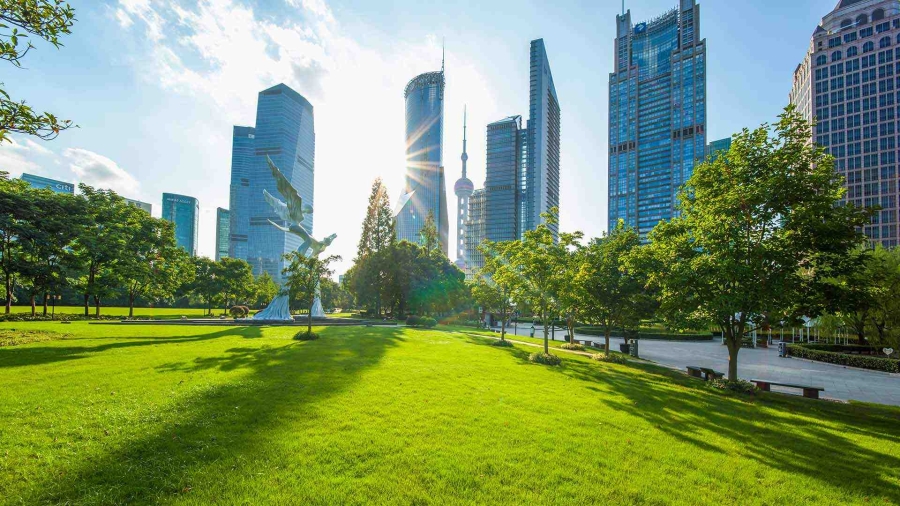What is a circular economy?
A circular economy is an approach to the production and consumption of goods, resources, and services where the main target is to extend maximally product lifecycle and reduce waste to a minimum. When a product arrives at the limit of its life, we think of how we might reuse it, recycle, share, repair, lease, or refurbish it. By that, we are performing sustainably and creating further value.
How does Schneider Electric approach circular economy?
Sustainable performance, balancing environmental, business, and financial goals, is at the centre of everything we do. Our main objective is to transform every phase of product life and boost sustainability. We are conforming to today's and future requirements and regulations regarding green energy production. We are introducing sustainable materials and optimising the use of primary resources. And we are targeting the removal of unsustainable substances and energy waste.
What are the phases of our circular approach?
We are introducing a sustainable performance approach in three phases: design, production, and operation. Design is when we consider the optimal use of materials, reduce electrical energy waste, and reduce the use of unsustainable substances. The production phase is when we take into consideration green energy factories, provide sustainable packaging, and reuse recycled materials without compromising on the mechanical or electrical performance of the product. And in the operation phase, we focus on upgrading and modernising equipment, asset management, and services management to improve the product lifecycle.
















